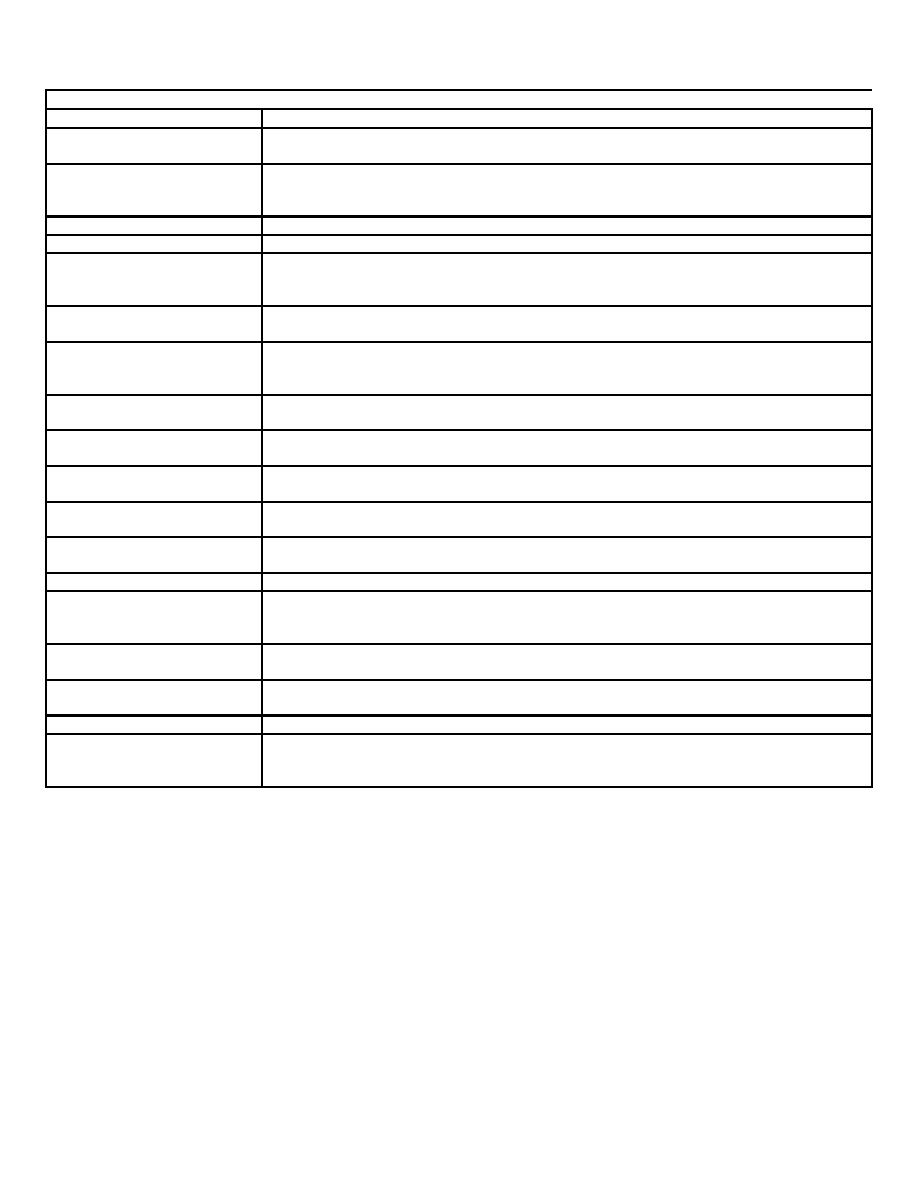 |
|||
|
|
|||
|
|
|||
| ||||||||||
|
|
 TM 5-6350-275-24&P
GLOSSARY
TERM
EXPLANATION
Secondary Bearer
An alternative communications path to a remote station, used by the master
station when unable to acquire data by the remote station's primary bearer.
Security Zone
A zone with points set to data category 16, indicating a security connection.
Security zones are a required feature of the access control subsystem, and
indicate a protected area with restricted access.
Segmented Data
Point data archived by a remote station, rather than the master station.
Sensors
Devices used to detect unauthorized access into a secure area or zone.
Sequence
A series of pictures from one or more cameras which each appear on a
monitor for a predetermined time period and are displayed repeatedly in a
predetermined order.
Set Point Control
Describes the operation of an item of equipment by an amount entered by
the operator.
Simple Mimic
A display showing current data using objects that change shape or color to
reflect changes occurring at the plant. Simple mimics can also include timed
archived data for predetermined points on a line graph or bar chart.
Single-line Poller
Describes a configuration in which a poller communicates with a selected
range of remote stations by a single bearer.
Soft-Keys
Keys whose functions vary according to the software presently being run at
the terminal.
Spooled Printing
This term describes the printing of data using a spooler, rather than having
the output sent directly to a printer.
Spooler
An item of software at the master station which controls and manages the
data that is output to a peripheral device, such as a printer.
Standalone Unit
A card reader unit which is not connected to the master station/remote
station network.
Station
An alternative term for Remote Area Data Collector.
Station Failure
The condition in which the master station is unable to communicate
successfully with a remote station over the available bearer(s), after a
predetermined number of attempts.
Station Summary
A display containing a list of stations and details of their operational
condition.
Status Frame
The top line of the display in the operator environment, which contains the
operator's identity, the workstation's operating mode, and the time and date.
Status Phrase
A short phrase describing one of a point's valid states.
Status Point
A point whose condition is represented as a state (for example, on/off,
open/closed, etc.) rather than as a quantity. There are two types of status
point: binary and ternary
Glossary-11
|
|
Privacy Statement - Press Release - Copyright Information. - Contact Us |